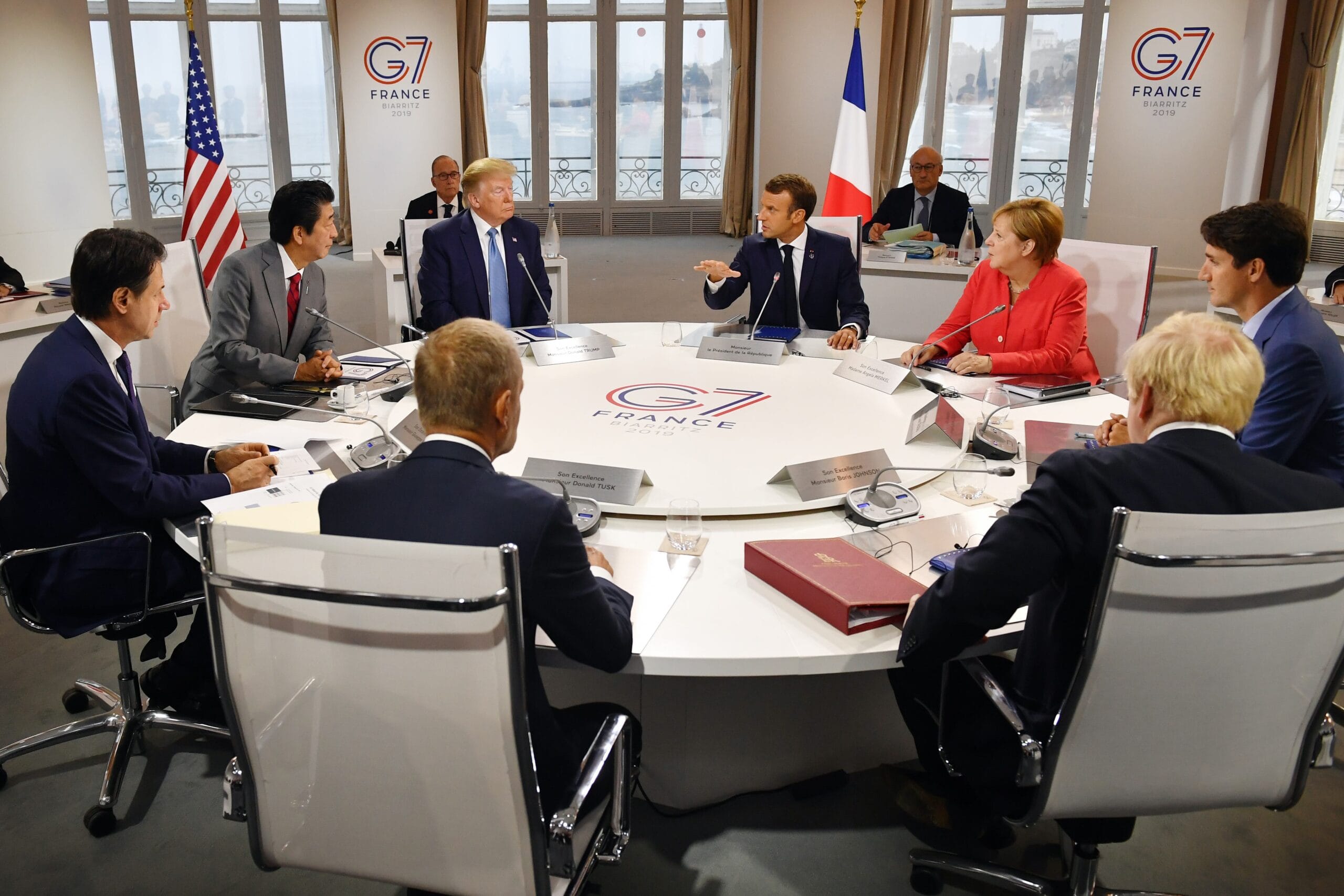In a surprising turn in U.S. trade policy, former President Donald Trump has indicated a willingness to introduce steep tariffs on imports from the European Union and specifically on iPhones. This announcement, made during a press briefing, underscores ongoing tensions in transatlantic trade relations, as well as Trump’s long-standing rhetoric surrounding American economic interests and trade deficits.
Trump explained his rationale for these tariffs by pointing to what he perceives as unfair trading practices by European nations, which he claims contribute to a significant trade imbalance. He argued that these tariffs would protect American jobs and manufacturing by leveling the playing field for American companies competing against European imports. The former president’s clear focus on economic nationalism highlights his intention to encourage domestic production and reduce reliance on foreign goods, a theme prevalent throughout his presidency.
One focal point of Trump’s tariff proposal is the importation of iPhones, which are predominantly manufactured overseas. The former president has often expressed his discontent with technology companies, particularly Apple, which he believes should be investing more in American labor rather than sourcing production from countries with lower labor costs. By targeting iPhones, Trump is tapping into a highly recognizable product that has a substantial consumer market in the United States. This strategic move could resonate with his base, which has previously shown support for policies aimed at boosting American manufacturing.
The implications of such tariffs could be wide-reaching, affecting not only American consumers who rely on iPhones but also European companies that manufacture and export various goods to the U.S. market. Various industry leaders and analysts have begun to weigh in on the possible fallout of these proposals. Many express concern that imposing high tariffs could lead to retaliatory actions from European nations, escalating into a trade war that could have consequences for both economies.
Furthermore, the tech sector is particularly vulnerable, as many companies rely on a global supply chain that allows them to manufacture products efficiently and at lower costs. Tariffs could lead to increased prices for consumers, which could dampen demand and ultimately affect sales. Economists are also warning that the broader economy may experience adverse effects, as increased costs could lead to inflationary pressures and disrupt consumer spending patterns.
Beyond the immediate economic ramifications, the political landscape may also shift in response to Trump’s tariff threats. Democrats and even some Republicans have cautioned against unilateral trade measures that could provoke international disputes. Lawmakers in both parties have historically advocated for diplomatic approaches to resolving trade disputes, emphasizing negotiation over confrontation. This current rhetoric stands in contrast to the previous administration’s focus on fostering international alliances and cooperative trade agreements.
Internationally, European officials have reacted with concern to Trump’s announcements. The European Union has long viewed the U.S. as a crucial partner in the global economy and has taken steps to resolve trade conflicts through negotiation and dialogue. The prospect of renewed tensions may complicate existing arrangements, such as those surrounding tariff-free access to markets that have been built over decades.
Experts assert that Trump’s statements may be positioning him for a potential future presidential campaign, with a focus on appealing to his traditional supporters who prioritize American jobs and manufacturing over globalization. The issues around trade remain salient in the political arena, especially in key battleground states where manufacturing jobs have been a critical topic in past campaigns.
As the situation develops, many will be watching for the official details on any proposed tariffs and any subsequent responses from the European Union and affected industries. The potential for backlash both domestically and internationally will likely color the discourse in the coming weeks, further complicating an already fraught landscape of global trade. Stakeholders are advised to prepare for various scenarios as they evaluate the implications of these tariff proposals on their operations and strategies moving forward.
In sum, Trump’s threats to impose steep tariffs on imports from the EU and iPhones signal a renewed focus on economic nationalism and trade protectionism. These developments will undoubtedly have significant repercussions, not only affecting consumer prices and corporate strategies but also shaping future U.S. relations with Europe and the global marketplace. The coming months will reveal the extent of these changes and whether they will play a pivotal role in the next chapter of U.S. trade policy.


